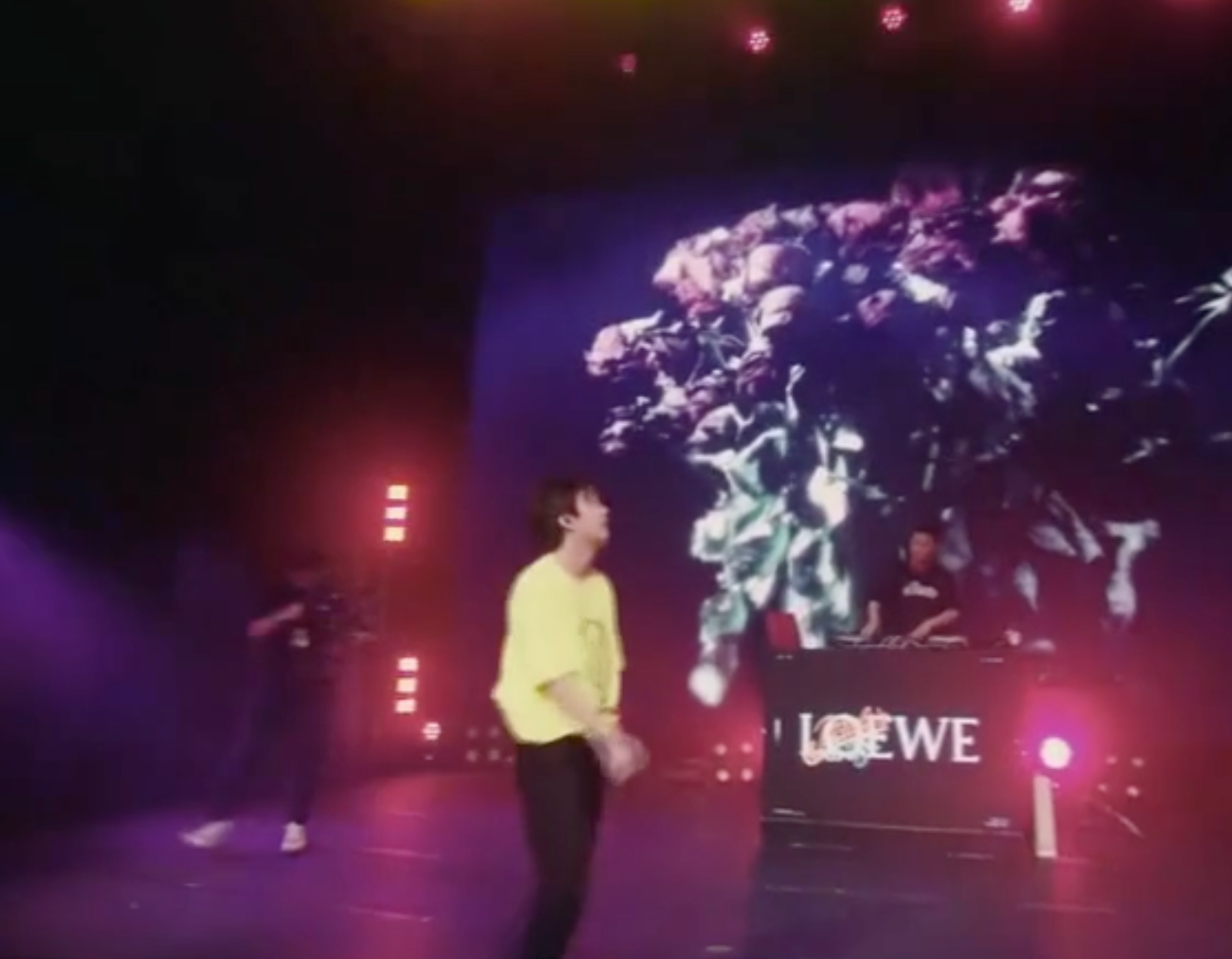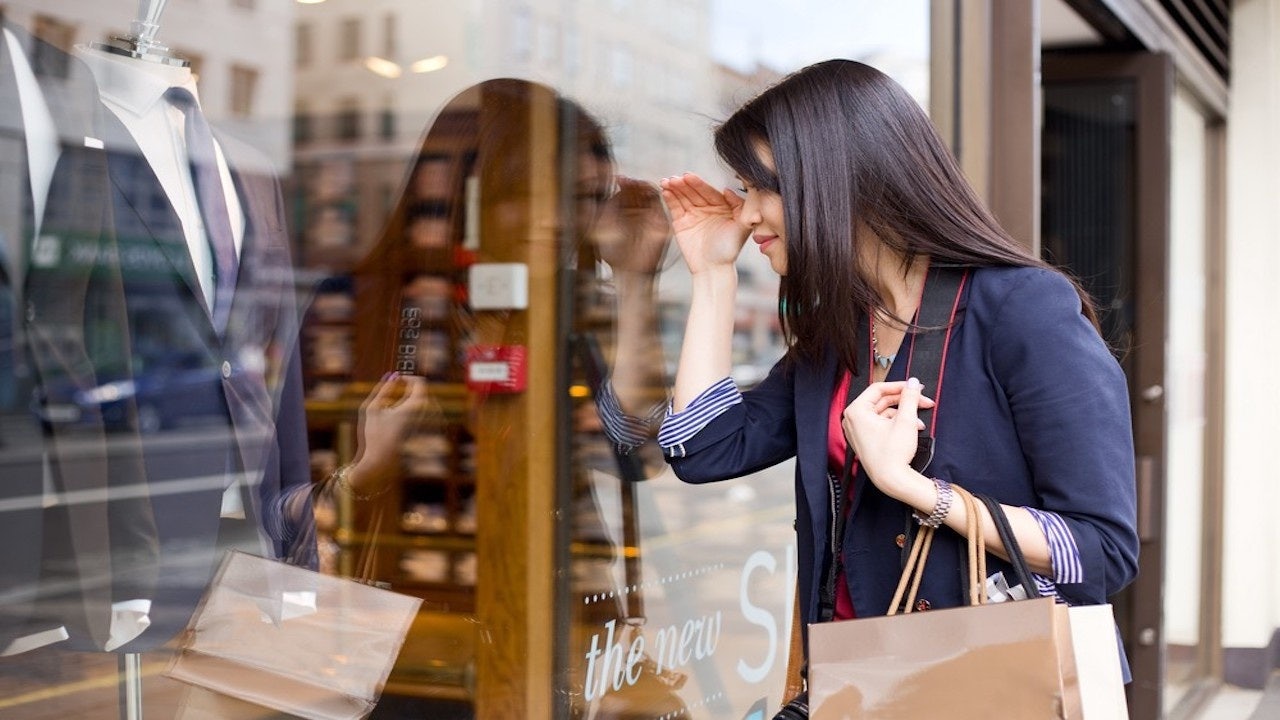One defining element of the Chinese luxury market is that it is global. Over the past decade, as travel restrictions for mainland Chinese tourists loosened, direct flights from China to locations around the world increased in number and affordability, and the price discrepancy between stores in China and overseas ballooned, millions of Chinese tourist-shoppers purchased luxury goods in droves at upscale boutiques from Rodeo Drive to Ginza.
Before the coronavirus pandemic, Chinese consumers were nearly single-handedly propping up many brands and accounting for most of the industry’s growth — they were responsible for around 90% personal luxury goods growth last year, according to a Bain and Altagamma report from December 2019, and their share of global luxury sales rose from 33% in 2018 to 35% in 2019. As it was in previous years, much of their buying took place outside of China.
Luxury brands and retailers worldwide naturally welcomed the wave of big spenders, hiring Mandarin-speaking sales staff, offering special perks and accepting Chinese payment methods, and retooling their marketing mix to connect with these shoppers on platforms such as WeChat.
But Covid-19 put the brakes on the international tourist-shopper trend and shifted consumer buying habits in China — accelerating the domestic shopping trend that emerged after the central government slashed the value-added tax (VAT) rate in early 2019, narrowing the price gap for many luxury items. Even after last summer’s devaluation of the yuan, a growing proportion of Chinese shoppers opted to purchase big-ticket items domestically, owing to the convenience and — for those who would otherwise have visited boutiques in Manhattan or Beverly Hills — a far from welcoming atmosphere in the United States. A 2019 Bain report predicted that half of Chinese luxury spending would be domestic by 2025, but it appears that this will come about even sooner.
After China brought the coronavirus under control and began its reopening in the Spring, many consumers were quick to head back to brick-and-mortar stores, with the $2.7 million one-day haul at Hermès
’ Guangzhou boutique in April making global headlines. For Covid-hit luxury groups that have seen their European and North American stores record a trickle of shoppers this year — if their stores were open at all — boutiques in China have propped up total revenue to a significant degree this year. (In some ways, a welcome change as they recoup some of the money they pumped into building and renovating stores in mainland China that in the past were notably underpopulated.)

The impact of the shop-near-home trend has been noteworthy. According to the Wall Street Journal, the China unit of LVMH Moët Hennessy Louis Vuitton SE
— owner of Louis Vuitton,
, Dior
, and many others — saw 65% growth year-over-year in the second quarter of 2020, while Kering SA
, whose portfolio includes Gucci
and Bottega Veneta
, recorded a 40% increase in revenue in China during the same period. Currently, demand at brick-and-mortar stores is so strong that Gucci and Hermès stores in Shanghai have limited shopper visits to avoid overcrowding. China was virtually the only bright spot for both LVMH and Kering, as global revenue for the two luxury giants in the second quarter of the year plummeted 38% and 43.7%, respectively.
But not everyone in the luxury business is pleased with this homeward shift in consumption. Smaller brands, many of which have a nonexistent retail footprint in China and depend on a stream of Chinese tourist-shoppers to visit boutiques or multi-brand stores, are undoubtedly taking a hit, as are tourist destinations throughout Europe and the United States that had seen visits (and spending) from Chinese travelers rise exponentially over the past two decades. Having accepted that this year is largely one to be written off, the question on the minds of many luxury retailers and brands now is whether the days of mainland Chinese shoppers cramming into high-end boutiques and leaving with their arms laden with bags will return, even if the coronavirus pandemic comes to an end and global tourism begins to recover.
Will Chinese luxury consumption and outbound tourism change for good, and will the trend of Chinese travelers spending more on hotels and experiences eclipse their demand for pure luxury consumption abroad? And if so, how will luxury brands (especially smaller U.S. labels that have little or no physical presence in China) cope if they lose an important digital marketing channel to reach mainland Chinese shoppers by way of Trump making good on his threats to block American businesses from using WeChat?
Currently, it’s impossible to tell. But what is certain is that the fundamental shape of the luxury market and the ways Chinese consumers interact with and consume high-end brands will be forever changed by the Covid-19 pandemic. Expect to see the domestic shopping trend continue, both offline and online (via fast-growing channels such as e-commerce livestreaming); brands to put even more effort into digital marketing avenues such as short video and brand films featuring local stars and influencers (rather than the formerly dominant Hollywood stars); and brands to spend less on splashy offline bashes, opting for smaller hybrid offline-and-cloud-based events.
It may seem counterintuitive that notoriously extravagant luxury brands will go low-key, but that is what many will ultimately do in the near- to medium-term as they await the tour groups and independent tourists to (hopefully) return or, more likely, for a new and much more digital normal to take root.

